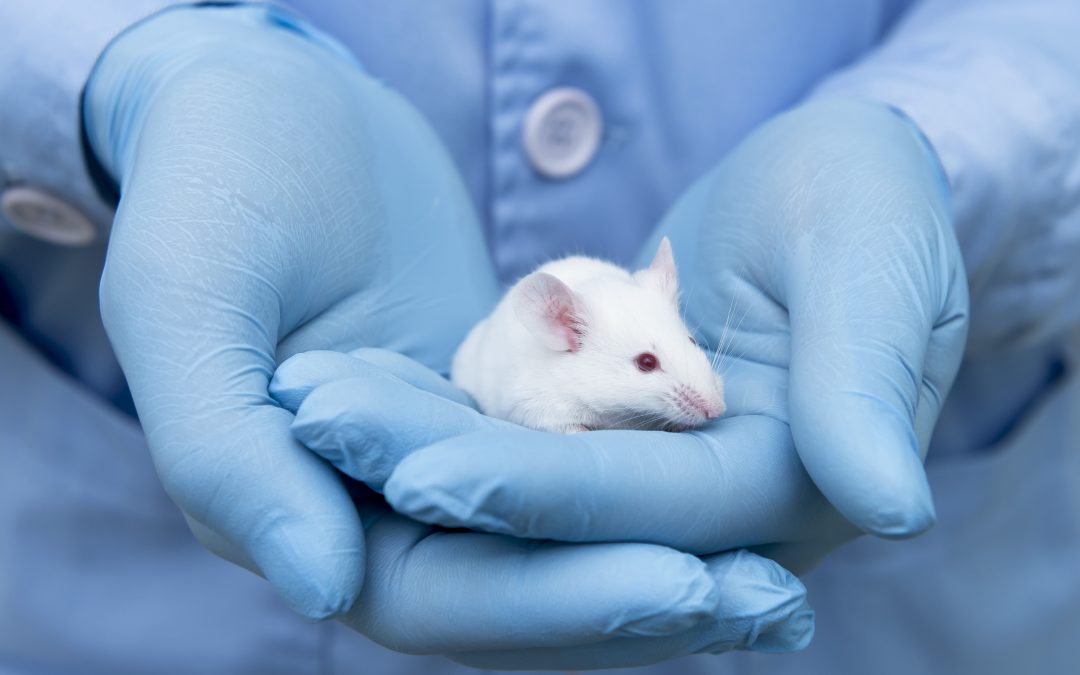More than 10% of American men and women struggle with some level of infertility. While in vitro fertilization (IVF) is an option, it is by no means a guaranteed method of getting a viable pregnancy. About 65% of IVF cycles fail, which is often due to poor egg quality. Additionally, IVF cannot help if there are no healthy eggs or sperm available to harvest for the procedure.
A solution to the issue of a lack of healthy cells might be in vitro gametogenesis (IVG). IVG is an experimental procedure where eggs and sperm are generated from adult cells, such as skin cells or blood cells. A recent article from Scientific American discusses how researchers at Kyushu University in Japan are working on perfecting this technique in mice. They started the process by retracing the work Shinya Yamanaka did on creating induced pluripotent stem cells (iPS cells) from normal adult cells (which won him a Nobel prize in 2012 and we talked about in a blog last year).
After harvesting skin cells from a mouse’s tail and converting them into iPS cells, the researchers needed to go through a long process of trial and error to figure out which genes were responsible for turning the iPS cells into primordial germ cells (PGCs), which are the precursor to egg cells. In the original experiments, the created PGCs were then placed into a live female mouse where they continued development into eggs.
The next step in the process was to figure out how to incubate the cells in a dish, rather than the mouse. This ended up being very difficult to accomplish, but when the scientists added some cells from a mouse ovary to the petri dish, they released hormones that created an ovary-like environment outside of the womb. After the egg matured, it was combined with mature sperm to create an embryo, which was then implanted in the female, just like a traditional IVF procedure.
While the scientists have made great strides with this research in mice, it is unlikely to see human trials anytime soon. Part of the problem is that the success rate is still very low; only a small percentage of the eggs created from the iPS cells became healthy mouse pups. The larger part of the problem is the complex moral and ethical issues involved. Ethical guidelines for these types of procedures will need to be developed over time, which is something that the medical community is still coming to grips with.
Even if this technique is never used in humans, there are still other very valuable uses. One of the things the researchers are also working on is whether this technique can be used to possibly save critically endangered species, such as the white rhino. If healthy eggs and sperm for these animals can be created artificially, it gives us a shot at potentially bolstering populations that are on the verge of extinction.
For similar experiments involving mice or other rodents, Powers Scientific offers rodent chambers that are adaptable to a variety of environments. Our chambers offer a temperature and lighting controlled environment with a temperature range of 6.5-50°C, and 0-15 fresh air exchanges per hour. Each chamber comes equipped with features such as clock-controlled lighting, solid doors, an interior outlet and access port, doors locks, an audible/visual alarm with relay, stainless steel construction, and casters. Many other options are available, including additional lighting or LED lighting, dual or multi-point temperature control for temperature stressing, top-mounted or remote compressors, extra-deep sizes, or RS-232 or data retransmit outputs. Our chambers are all built to order, allowing the individual researcher to tailor the incubator to fit the required parameters of the experiment without paying for features that aren’t needed.
For more information on our rodent incubators, see our product page, visit our contact page or call us at (800) 998-0500 and request a quote.

